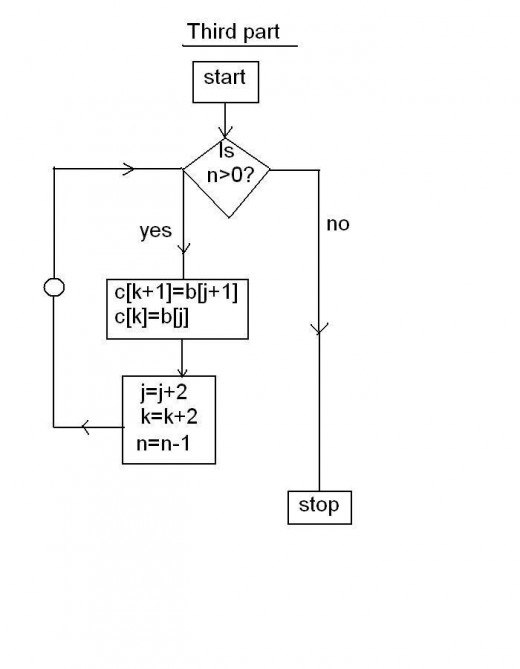

The "coeff" element stores the coefficient of a term in the polynomial,while the "exp" element stores the exponent. An array of such terms represents a polynomial. These are: By the use of arrays By the use of Linked List Representation of Polynomials Using Arrays There may arise some situation where you need to evaluate many polynomial expressions and perform basic arithmetic operations like addition and subtraction with those numbers. What I have done is created two loops however, when I do this both outputs are separated as expected. Polynomial can be represented in the various ways. What this method should do is take an array of doubles and convert them into a polynomial, for example, if the array is given was 2.0, 3.0, -2.0 the methods output would be 2.0x2 + 3.0x1 - 2.0.

Multiply will be more challenging, and division as well, but see if you can do add and subtract first. Representation of an array as a polynomial. How do you know when to stop? You have to keep a counter of the # of terms in each poly! The rest of the two components are exactly the middle coefficient for product of two polynomials. However, notice the following relation: (a + b) (c + d) ad + bc + ac + bd. new lowest term is just 4, which is power zero, coefficient 4Īre we done? no, next is power 1, do we have any? YesĢx + -2x is zero! We won't store this term!ģx^2 + -2x^2 is x^2, store (coefficient 1, power 2)Īnd so on in a loop until done, which you need a way to understand. Conventional polynomial multiplication uses 4 coefficient multiplications: (ax + b) (cx + d) acx 2 + (ad + bc)x + bd. Generally one would start at the lowest power, which is zero, and work up through the powers, creating the new terms at each level.Īre we done? No. Given what you have I have to say you should be able to make a menu to ask the user what to do, so I will skip that. Ncoefficients = new double // allocate an array to hold the coefficient values for ( int i = 0 i= 0 i-)Ĭout #include #include "polynomial.h" using namespace std Ĭout << "\n num(2.0) = " << num1.evaluateAt(2.0) << endl Īny help is welcome! Thanks guys! I would really appreciate your help :,) Polynomial::Polynomial( double Coeffs, int N_terms) Polynomial implementation file #include #include #include "polynomial.h" using namespace std Polynomial operator*(Polynomial p) const Polynomial operator-(Polynomial p) const Add two more functions to input and output polynomials via overloading the > and << operators. Estimate the computing time for Mult and Eval function. Implement the Mult (Polynomial p) and Eval (float x). Return Polynomial(p1.Ncoefficients + p2.Ncoefficients, p1.exp) (30) Write a C++ program to implement the ADT2.3 Polynomial (pp.88) using Representation 3 (dynamic array of (coef, exp) tuples). ~Polynomial() //the destructor to clear up the allocated memory //the operators to define for the Polynomial class friend Polynomial operator+(Polynomial & p1, Polynomial & p2) Syntax: numpy.poly1d (arr, root, var) Parameters : arr : arraylike The polynomial coefficients are given in decreasing order of powers. What this method should do is take an array of doubles and convert them into a polynomial, for example, if the. It makes it easy to apply natural operations on polynomials. Representation of an array as a polynomial. Polynomial( double) //the constructor to initialize a polynomial equal to the given constant double evaluateAt( double x) The numpy.poly1d function helps to define a polynomial function.Polynomial(Polynomial&) //the copy constructor Polynomial( double, int) //the constructor to initialize a polynomial with the given coefficient array and degree Polynomial() //the default constructor to initialize a polynomial equal to 0 Polynomial.h // #ifndef polynomial_H #define polynomial_H #include #include using namespace std ĭouble *Ncoefficients //It is the array where we store the coefficients int Pdegree //It is the degree of the polynomial ( one less then the length of the array of coefficients) public:


 0 kommentar(er)
0 kommentar(er)
